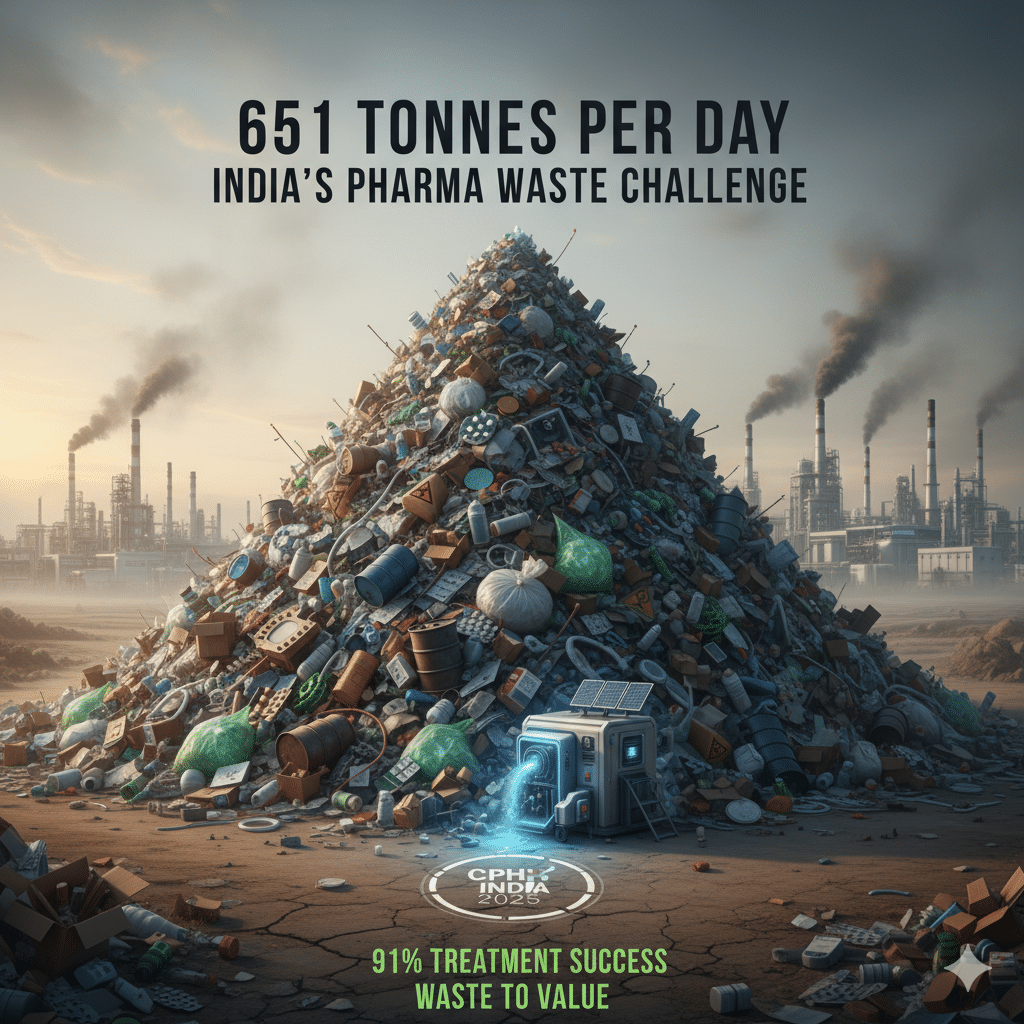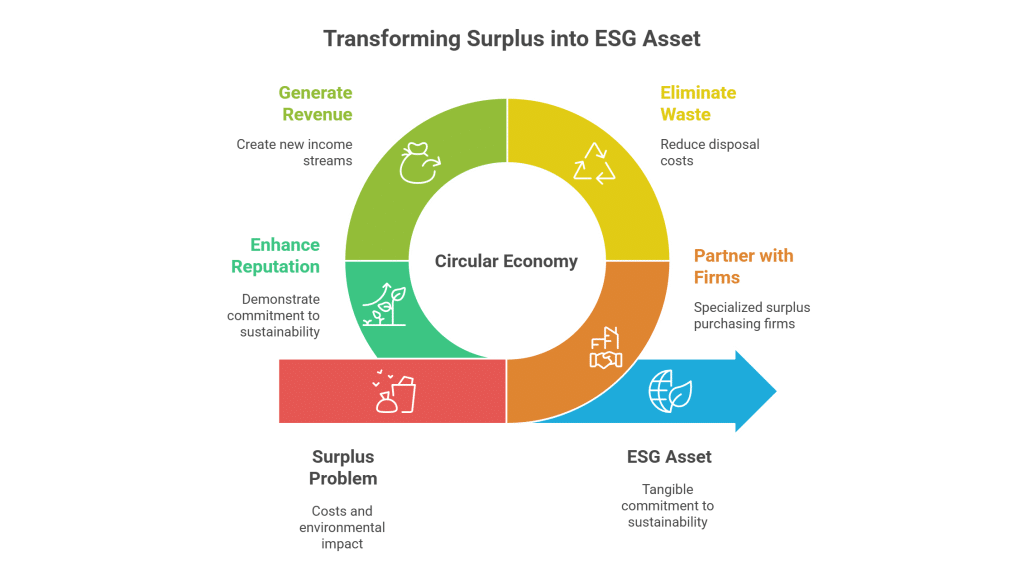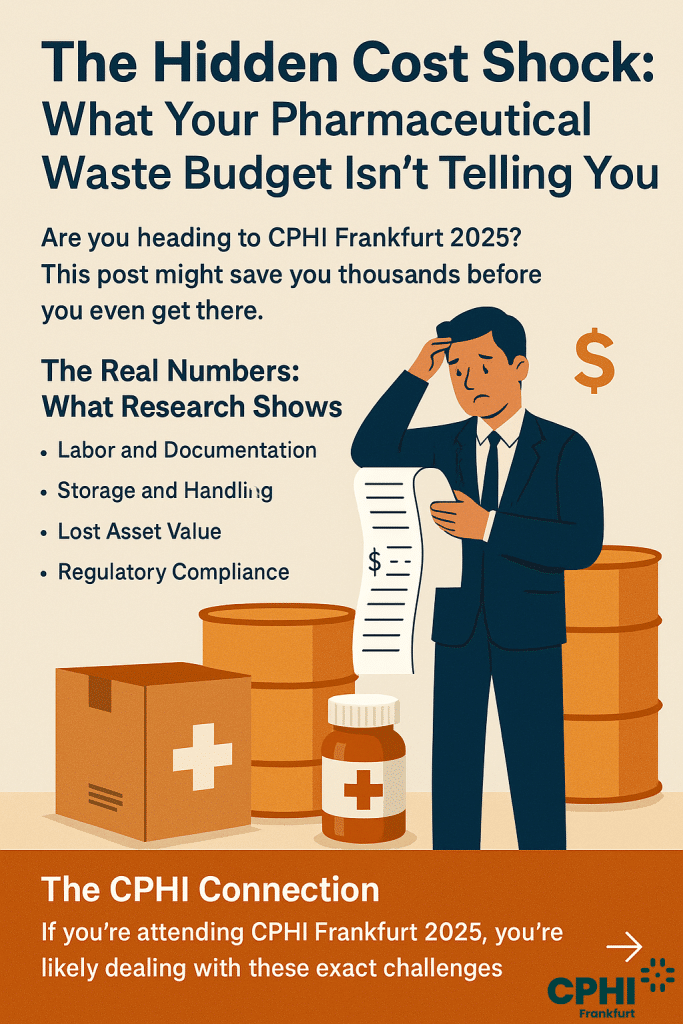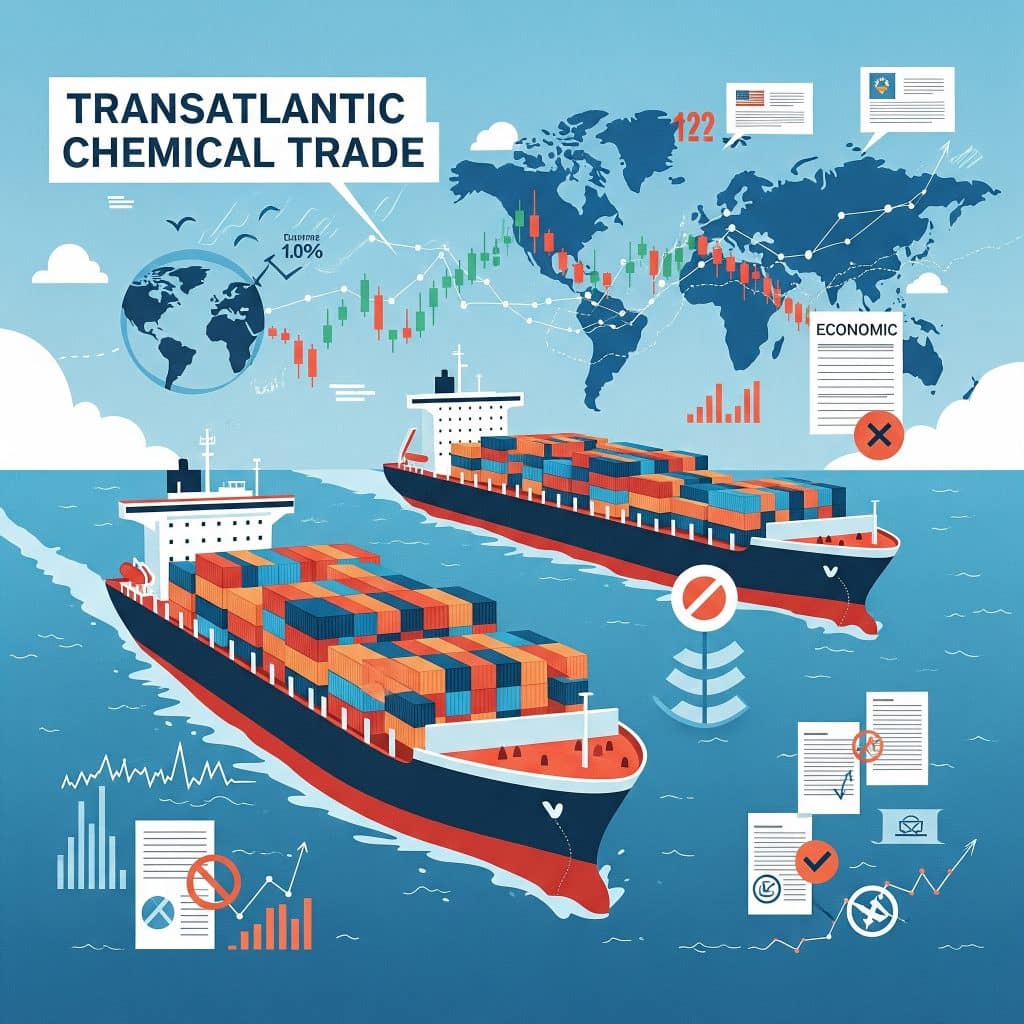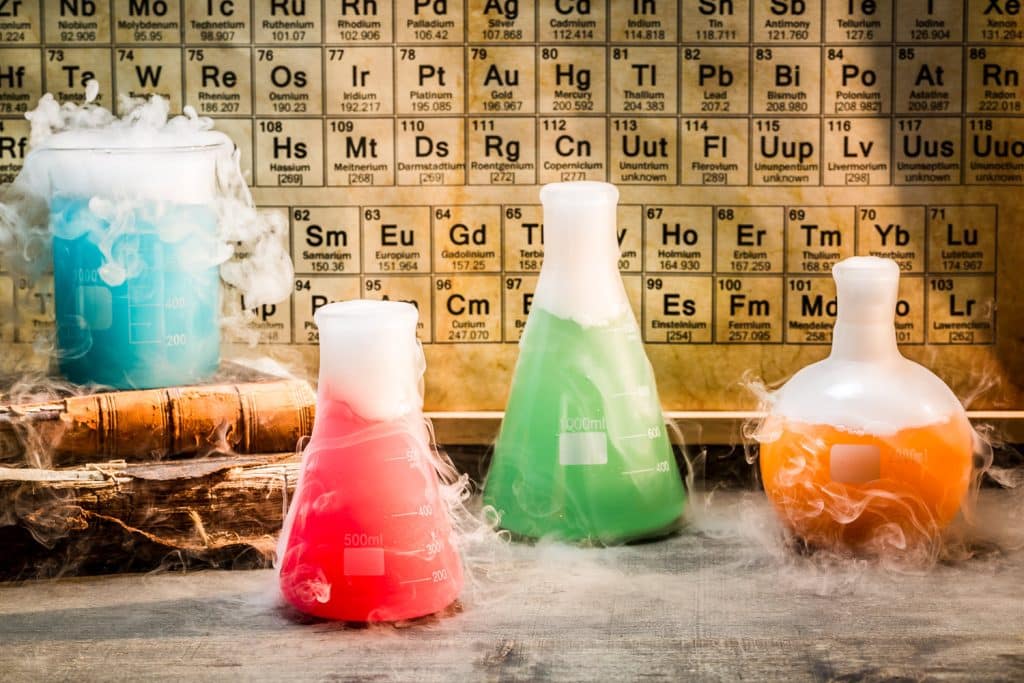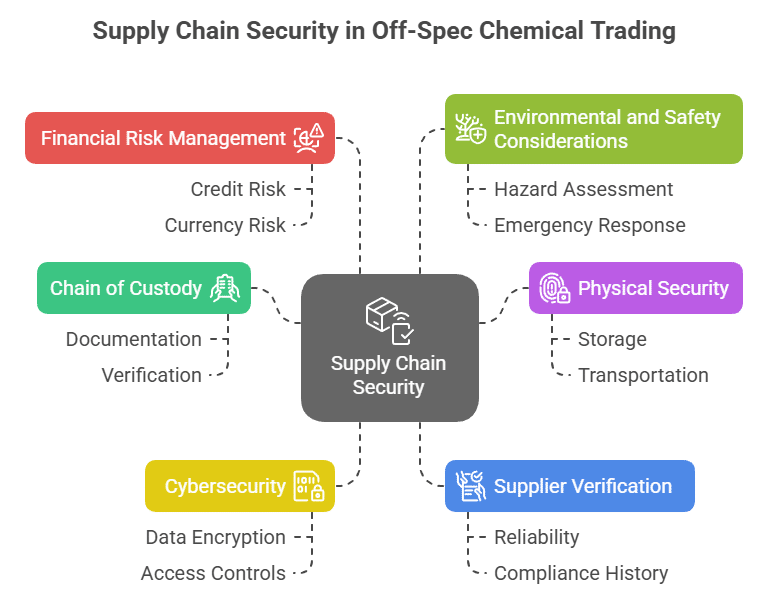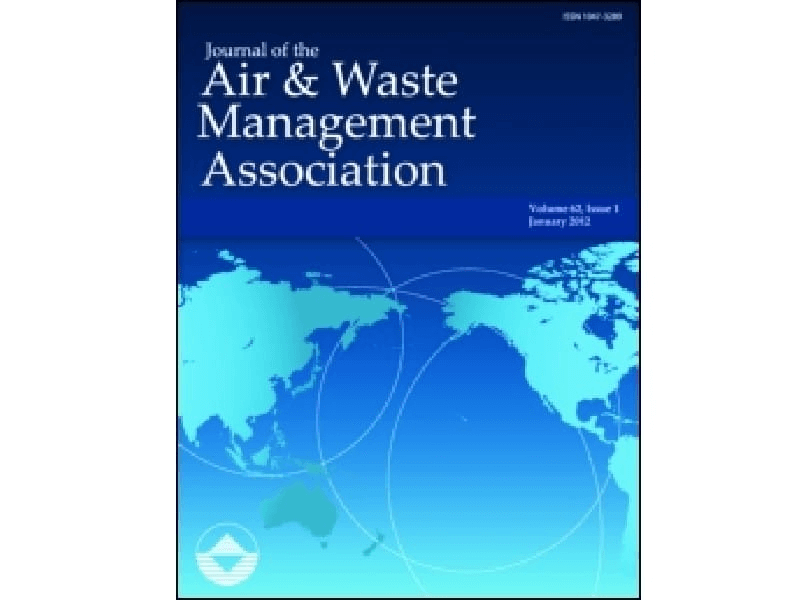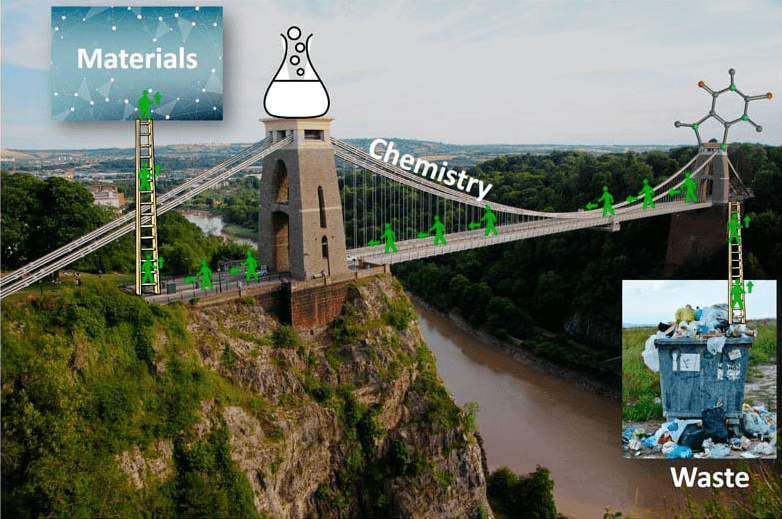Unlocking Value from Surplus Ammonia in Fertilizer & Refrigeration
Ammonia, an essential chemical in both the fertilizer and refrigeration industries, is renowned for its versatility and economic importance. As a surplus inventory item, ammonia offers unique opportunities for companies to transform excess stock into a profit-making asset while ensuring safe, environmentally responsible management. Its fundamental role as a cornerstone in fertilizer production and its efficiency as a refrigerant underscores its critical industrial relevance.
Surplus Ammonia Trading in Fertilizer & Refrigeration: Cost Savings and Sustainability
Engaging in the buying and selling of surplus ammonia provides a win-win scenario. Buyers enjoy cost savings, reliable sourcing, and sustainability credentials, while sellers reclaim costs, free up storage, and reduce expensive disposal expenses. By trading surplus chemicals, companies not only avoid hefty disposal fees and regulatory penalties but also generate revenue, contributing to improved cash flow and a reduced environmental footprint.
Ammonia in Fertilizer & Refrigeration: Industrial Applications and Benefits
For buyers, purchasing surplus ammonia means acquiring a critical resource at a lower cost, ensuring the continuity of production in fertilizer manufacturing and refrigeration systems. Moreover, sourcing surplus chemicals contributes to sustainability efforts by promoting recycling and reducing hazardous waste disposal.
Sellers can recover costs from surplus ammonia by turning excess stock into revenue, avoiding storage challenges, expensive disposal processes, and potential environmental penalties. This process enhances overall inventory management efficiency and supports a greener operational profile.
Table of Contents
Case Study: Profitable Surplus Ammonia Trading in Industrial Applications
In a recent success story, a major industrial firm with surplus ammonia inventory for both fertilizer production and refrigeration applications discovered a new revenue stream by trading their excess supply. Instead of facing high disposal fees and storage challenges, the company sold surplus ammonia to interested buyers who were looking for cost-effective, high-quality chemical inputs. This strategic move not only helped them free up storage space but also contributed to environmental sustainability. The transaction resulted in significant cost recovery, improved inventory management, and established a reliable supply chain link, setting a benchmark for effective surplus chemical trading in the industry.



